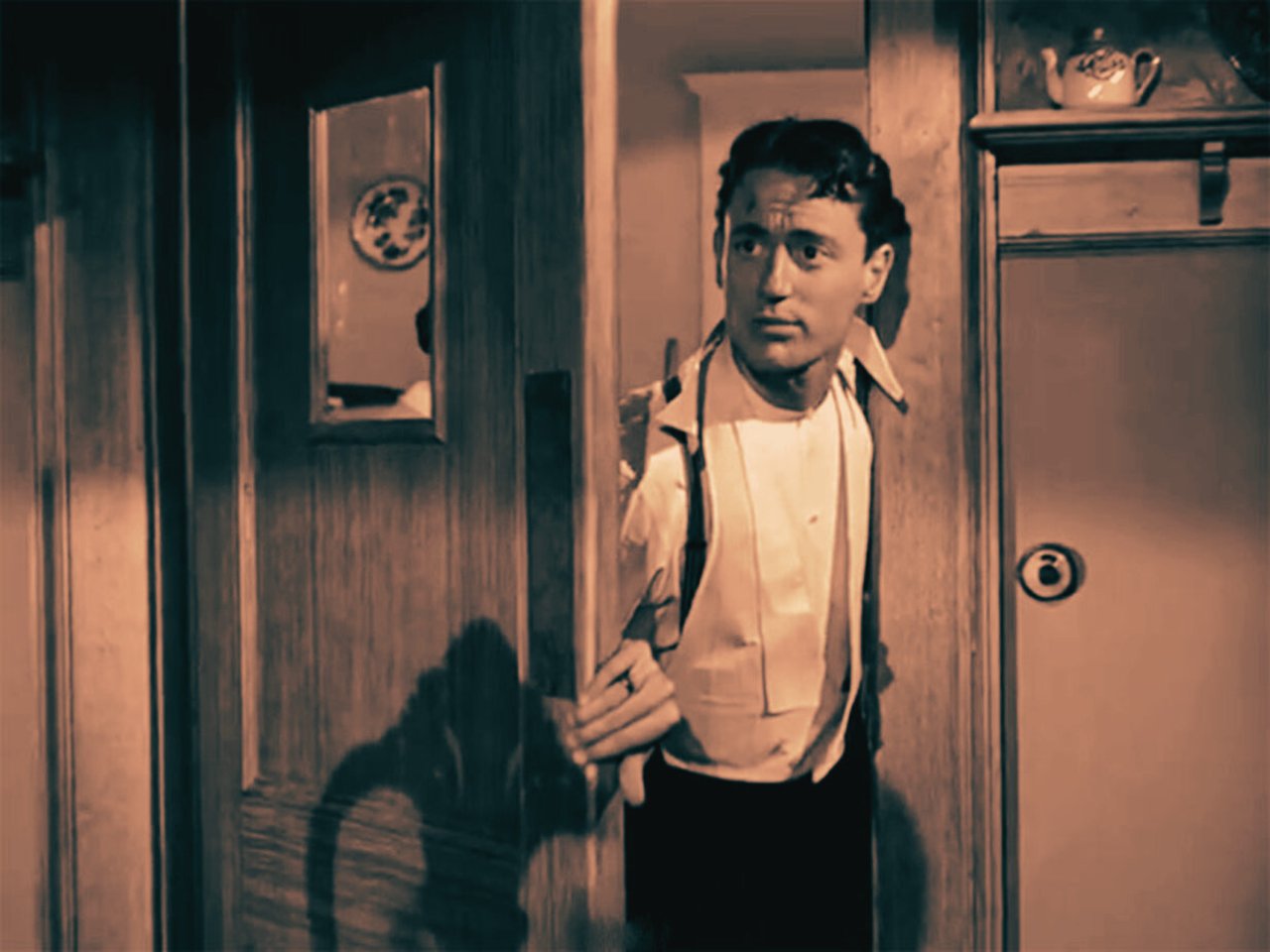What Is Fractional Property Ownership & Why Is It So Popular?
Jason O'Neil | December 23, 2022
Buyers

Jason O'Neil | December 23, 2022
Buyers

Would it be on the powder-white beaches of Miami?
Maybe it’s tucked away deep into the desolate mountains of Wyoming.
Or maybe you like to spend your vacation time in wine country California where the grapes are but a stone's throw away from your villa.
What if said you could own any of these luxury homes for ⅛ of the price, would you believe me?
The truth is that you can.
It’s called fractional ownership of property and it’s changing the way people buy luxury vacation homes.
Let’s talk about it…
What is fractional ownership?
Fractional ownership of property is a method of purchasing an ownership interest in a property with others so costs can be shared. In this case, we are talking about luxury vacation homes, aka, second homes. The purchasers/shareholders have a stake in an asset without having to pay for the entire property, maintenance expenses, and taxes.
In most cases, fractional property ownership consists of 8 shares where owners can possess up to 4 individual shares. These shares are bought on the market just like any other home and are traditionally financed by the buyer.
How does fractional ownership of property work?
Once a vacation property is under fractional ownership, shareholders split the responsibility for maintaining that asset including repair, upkeep, taxes, and fees.
Shareholders of the property can access it up to 5 weeks a year or more depending on the number of holders on the property itself. These weeks are usually divided up amongst the other holders to include special holidays and national celebrations to ensure that each gets to stay in the property during one of those seasons.
Depending on how fractional property ownership is set up and if there is a management team in place, these types of properties usually have amenities and services that make it feel like a ready-made vacation home that one can visit multiple times a year.
A major benefit of purchasing fractional property ownership is that your capital goes further as part of a collective buying power. Instead of forking over substantially more money for less home, this practice allows you to stretch your dollar significantly further while also getting a home in a destination location you desire.
Think about how much more it would cost to own a house alone in Miami vs owning ⅛ of a house in Miami that can be used 5 weeks a year. The math gets very easy when you look at it that way.
What are timeshares?
Timeshares are the practice of buying the right to use a vacation property for a specific period of time.
This concept is not new, countries in Europe and states like Hawaii have been doing it since the ‘60s. As vacationers continued to pour into timeshares in the ‘90s, big hotel brands like Marriott and Hilton began offering deals to buyers that would grant them a week or two at one of their beautiful locations or exchange one spot for another.
I mean, who doesn’t want to spend their time away from work at a destination location on the beach, in the mountains, or somewhere they’ve never been before?
How do timeshares work?
Timeshares are drastically different from fractional property ownership in that buyers are only purchasing the rights to time on this property, not the property itself.
Usually, each unit is listed with 52 weeks available, upon which timeshare holders can select a week (sometimes 2) that they want to stay on location. Once that time is used up on the calendar, you have to wait until the following year to reserve your next week at the property.
According to the American Resort Development Association, timeshare units sell for an average upfront unit price of $21,455, along with annual maintenance fees that can increase over time.
What are private residence clubs?
Private Residence Clubs (PRC) are similar to fractional ownership properties in that buyers do have a stake in the property itself, not just the time spent there. Shareholders of Private Resident's Clubs have access to high-end hotel-like properties that start at $1,000 per sq ft.
PRCs are typically owned by luxury hotel brands and are located in prime vacation locations such as waterfronts, beaches, major cities, tropical islands, etc. Because of this, PRCs offer amenities and other experiences that many fractional properties might not, such as private beaches, golf courses, maid/turndown services, and more.
How do private residence clubs work?
As I said before, PRCs are similar to fractional property ownership because they both offer ownership interest in shares of a vacation property. Each shareholder has deeded ownership and can benefit financially, but the major difference between the two is the amenities and overall experience of PRCs.
These clubs are not your “typical” vacation spots flaunting a decent pool, some beach chairs, and a couple mediocre margaritas. These are the elite amenities that second-home owners expect from luxury hotel brands. We’re talking about white-glove treatment here, and the price tag speaks to it.
Villas and condos in these clubs start at $50k on the low end of the market and can quickly jump into the millions depending on location and affiliates. Again, because many of these properties are managed by upscale hotel brands, they do offer shareholders the opportunity to use other properties in the company's portfolio.
What is a destination club?
Destination Clubs provide a catalog of high-end, luxury vacation condos and villas all of which are owned by one management team. Members of these clubs pay an annual membership fee that grants them access to these properties as well as the amenities offered to them.
Destination clubs offer members a flexible alternative to luxury hotels, second homes, and vacation home rentals, by allowing members to choose different properties and not binding them to specific terms beyond their established membership.
These clubs are similar to private residence clubs in that they offer a variety of high-end amenities as well as access to all the properties in the management group's portfolio.
How do destination clubs work?
Members of destination clubs forgo the typical mortgage payment that would come with shared ownership, opting for a variety of different tiers of membership that grant them access to the properties as well as benefits.
Typically these memberships are broken into 3 different parts—the initiation fee, annual membership fee, and nightly fees for staying in the accommodation. These costs are similar to private residence clubs but use the pay-as-you-go model to ensure that members can change up their membership as needed.
One difference to note here is that destination clubs have a very limited inventory that tends to get snatched up rather quickly, especially during peak seasons like the holidays and summer months. It is also important to note most of these properties are in very high-end vacation areas all over the world.
Fractional Property Ownership means you have a share in an asset. You get to decide how it is managed, what it looks like, improvements, additions, etc—all with permission from other shareholders. This is just like owning a full home, except you’re only paying for a set percentage of it.
In a timeshare, you are paying for a specific period of time you want to use the property. When you decide to sell, you are selling that time, not the property itself. You also do not have the final say when it comes to improvements or changes of the property itself.
Thus, for fractional property shareholders, their investment in the property can yield a positive return if the market is strong at the time of selling and they can always make changes if they choose to do so.
Unlike Timeshares, Private Residence Clubs, and Destination Clubs, shareholders of Fractional Ownership Properties can watch their share in the property increase or decrease in line with the property's market value.
Any increase in value is divided equally and becomes gained equity for all fractional owners.
So if you decide that the market is looking good and it’s time to sell your share, go ahead! You don’t need the other shareholder’s permission to put your share on the market and take the best offer.
So many co-owned luxury homes struggle with the same problem: control.
Timeshares aren’t long enough and big-brand hotels often make mistakes with all the different parties involved.
Destination clubs are very expensive and often booked up.
Private Residence Clubs are great, but their annual fees increase over time, and trying to sell them on the public market is a major challenge.
Fractional Ownership is simple, especially when you work with a management team that dedicates its entire focus to crushing this market.
Fractional property ownership is making waves and it could be the right move for you if owning a sliver of luxury land for a practical price sounds like something you’d enjoy.
If that gets you fired up, I’ve got some friends who know a thing or two about it that would love to chat.
Stay up to date on the latest real estate trends.

Buyers
Jason O'Neil | October 24, 2023
How do you navigate today's real estate market?

Buyers
Jason O'Neil | August 16, 2023
Make sure that your DoorDash and Amazon packages don't go to your old address!

Sellers
Jason O'Neil | August 4, 2023
Ensure a Smooth Transition Without Sacrificing your Privacy

Sellers
Jason O'Neil | July 20, 2023
What to Expect Prior to your Home Being Inspected

Buyers
Jason O'Neil | June 14, 2023
Try this next time you really want that home

Agents
Jason O'Neil | January 13, 2023
All it takes is one afternoon

Agents
Jason O'Neil | January 6, 2023
Throw it in the garbage!

Buyers
Jason O'Neil | December 23, 2022
It might be just what you need

Buyers
Jason O'Neil | December 16, 2022
Let's talk about second homes
We believe that satisfying the customer is simply the minimum requirement for staying in business. We work constantly to improve our systems, processes, and services to go well beyond the standard level of service provided by most agents.